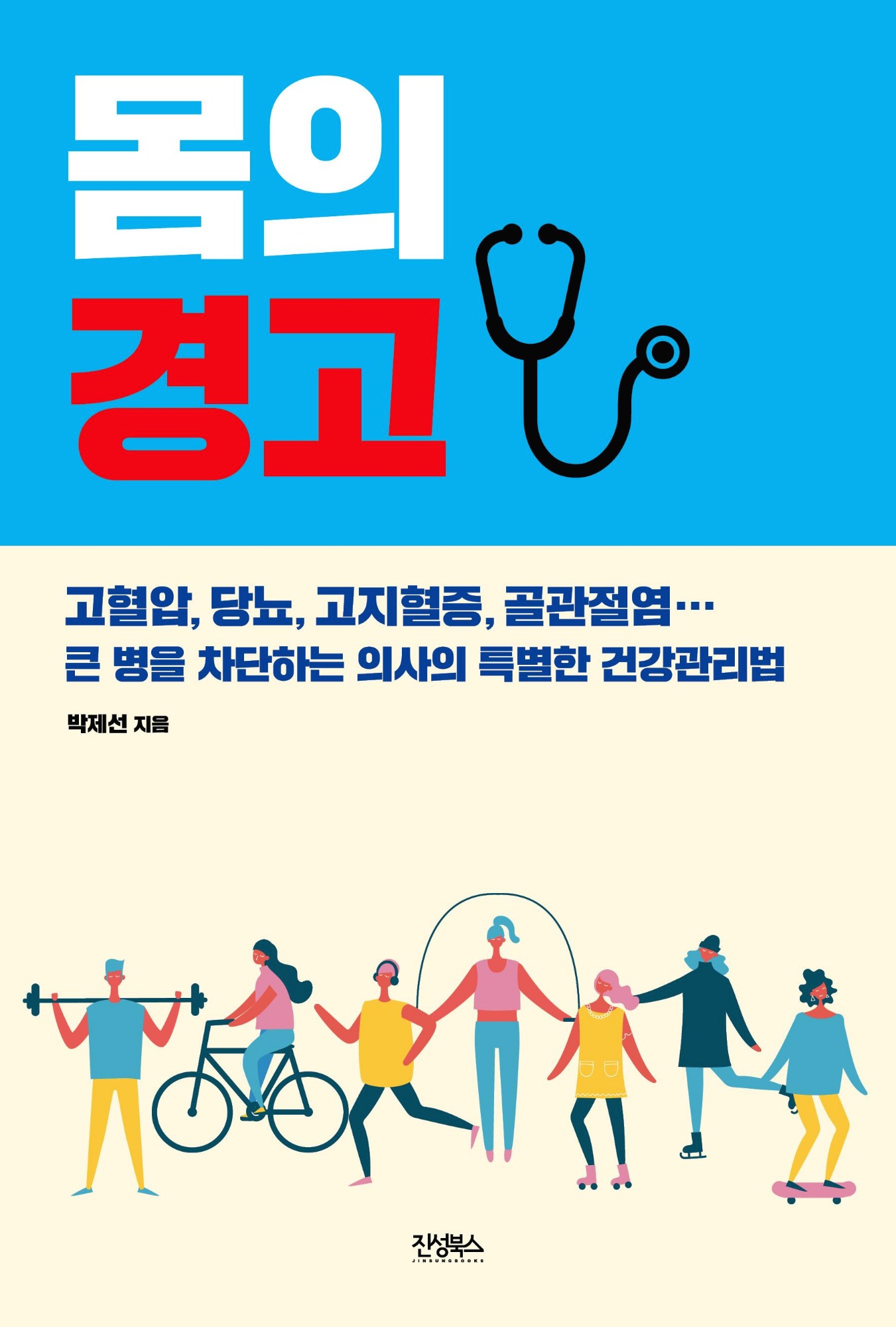미국의 한 병원에서 조사한 결과 종이차트에서 EHR로의 전환이 레지던트의 생산성을 30%나 떨어뜨렸다고 합니다. 덕분에 레지던트들은 차트 적느라 수련받는 강의도 땡땡이 칠 수 밖에 없고 말이지요...미국 한 병원에서 벌어진 참극? 촌극? 입니다. 두 병원이 나오는데 모두 생산성이 감소했네요...글 내용상 EHR로의 전환은 정부에서 주도하는 모양입니다. 적은 생산성 감소를 위해서는 수련의에게 EHR 교육을 잘 해야 한다고 합니다. 글쎄...저 나라는 일단 하드웨어와 인터넷 속도부터 어떻게 올려야 될 것 같습니다만ㅎㅎ 한국이 대단한 거겠죠.
------------------------------------------------
Residents Skip Lectures to Catch Up on EHR Charting
Maisara Rahman, MD, who helps train family-medicine residents at a county hospital in Moreno Valley, California, noticed a while back that attendance at her lectures was falling off sharply.
Dr. Rahman hadn't become boring all of a sudden. Other faculty members were noticing a lot of empty seats during their talks as well.
Had the family medicine residents caught a slacker virus? No, it turns out that they were skipping lectures, lunches, and even an occasional rotation, said Dr. Rahman, for the sake of documenting patient encounters in the electronic health record (EHR) system that their hospital implemented in May 2012. Switching from paper charts to electronic ones reduced resident productivity by 30%.
Dr. Rahman told this story of digital deceleration last month in a poster presentation at the annual meeting of the American Academy of Family Physicians (AAFP) in San Diego, California. She and her colleagues at Riverside County Regional Medical Center surveyed clinicians, most of them family-medicine residents, at their institution and at nearby Pomona Valley Hospital Medical Center on how the roll-out of identical EHR systems affected their work.
Of 122 clinicians surveyed, 99 returned the completed surveys for an 83% response rate. The average time it took residents at both hospitals to see a patient and chart the visit increased from 21 minutes to 37 minutes, the researchers found.
Before the EHR debuted at Riverside, "some of us were really excited," Dr. Rahman told Medscape Medical News. "We thought it would improve patient care.
"But when implementation started, we saw inefficiencies."
Training Makes a Difference
Residents spent more time conducting and charting patient visits with the new EHR system for a number of reasons.
Dr. Rahman said her hospital used an older version of the software that lacked customized forms or templates for office visits with certain kinds of patients, such as those with diabetes. Residents had to switch from one screen to another to write a basic note and order and reconcile medications instead of doing it all in one spot.
A turtle-like server and wireless network at Dr. Rahman's hospital made things even worse. "It sometimes took 1 to 2 minutes to go from one screen to another," she said.
EHR roll-outs frequently roll off the road because clinician training is skimpy. This was the case at Riverside County Regional Medical Center, according to Dr. Rahman's poster presentation.
"Overall, resident satisfaction with the EHR implementation was highly correlated with whether the respondents had adequate EHR training," Dr. Rahman and colleagues write. Seven in 10 residents at Riverside received less than 5 hours of training on average, the same proportion that called their training subpar. In contrast, residents at Pomona Valley Hospital Medical Center each logged an average of 16 hours of instruction. Perhaps not surprisingly, 95% of them rated their training as adequate to very good.
The training edge at Pomona may help explain why the productivity of its family-medicine residents declined by only 20% after switching to an EHR compared to the 30% drop at Riverside. Dr. Rahman noted that as a public, tax-supported hospital, Riverside has fewer resources to devote to EHR training.
In addition, Pomona implemented its EHR system several years before Riverside did, so the family-medicine residency program there has had a longer time to adjust to the technology. However, resident productivity has yet to return to pre-EHR levels at either hospital.
Dr. Rahman and colleagues caution teaching hospitals not to lose sight of their mission as they automate their paper charts to receive "meaningful use" bonuses from the federal government.
"It is imperative," they write, "that these institutions customize and implement EHRs systems that enhance and support resident education."
In other words, physician trainees shouldn't have to miss lectures to finish their charts.
from medscape.com
